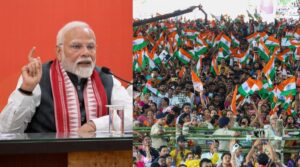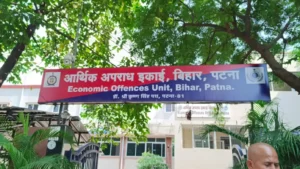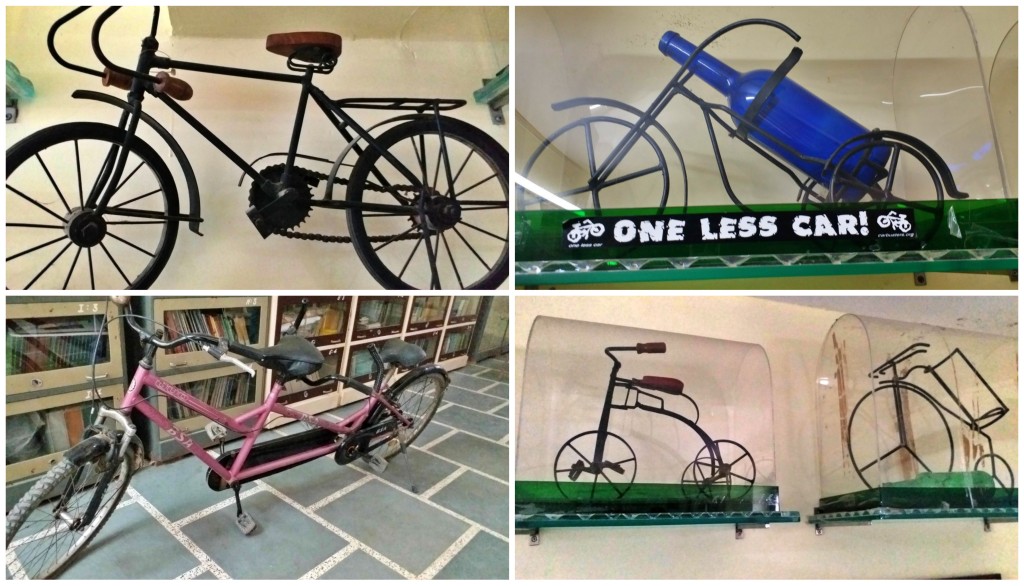
Gaya: In a quiet village near Gaya, Bihar, a passion for cycling has blossomed into an extraordinary time capsule. Tucked away in Sheikhwara, just 18 kilometres from Gaya on Dobhi Road, the Gaya Cycle Museum stands as a one-of-a-kind tribute to the history, design and social impact of the humble bicycle. Founded in 2018 by cycling enthusiast and researcher Rajendra Ravi, the museum is a rare haven for vintage bike lovers and historians alike.
The museum houses over 500 die-cast models and 10 full-sized vintage bicycles, including geared racers, beach bikes, children’s bikes, and a standout tandem bicycle – a two-seater dating back to the 1890s, stretching nearly eight feet long with two sets of pedals.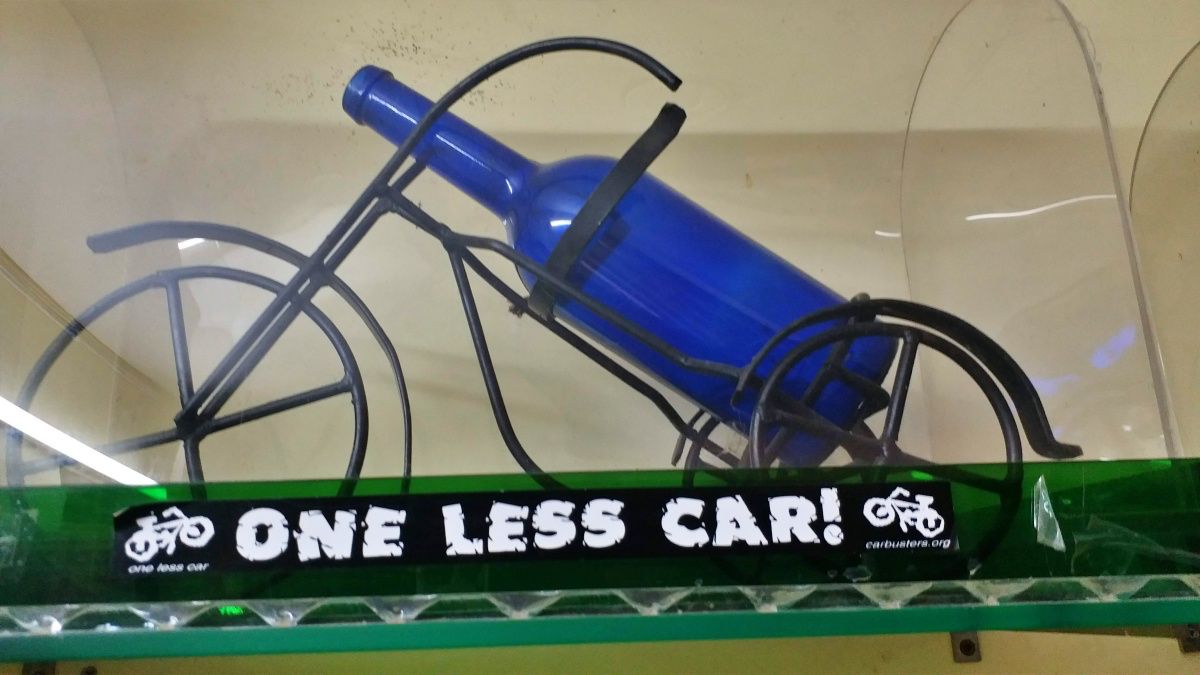
“This is not just a collection, it’s a living memory of cycling culture,” says Sanjay Anand, a key collaborator in the project. The collection spans from the mid-19th century to the early 2000s and includes intricately crafted die-cast models from countries as far afield as Japan, Belgium, South Africa and Australia.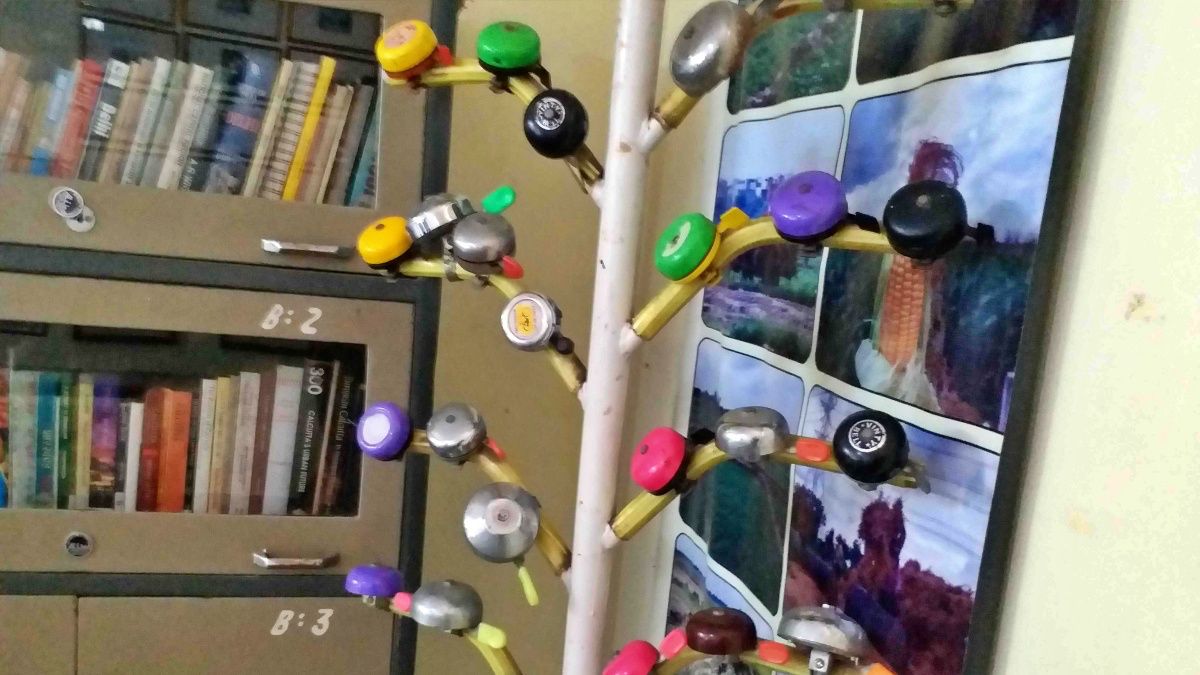
Among the museum’s most prized exhibits is a tandem bicycle once used like a taxi in the narrow lanes of early 20th-century India, reminiscent of today’s Ola and Uber services. Ravi once owned ten of these rare bicycles, most of which have since been shared with museums in Kolkata, Delhi and Maharashtra.
Beyond bicycles, the museum also houses a small library and archive featuring thousands of books, photographs, and films documenting the global journey of cycling. “It’s a small space, but with a global impact,” says Anand. “We wanted people to learn about cycling’s contribution to health, sustainability, and socio-economic development.”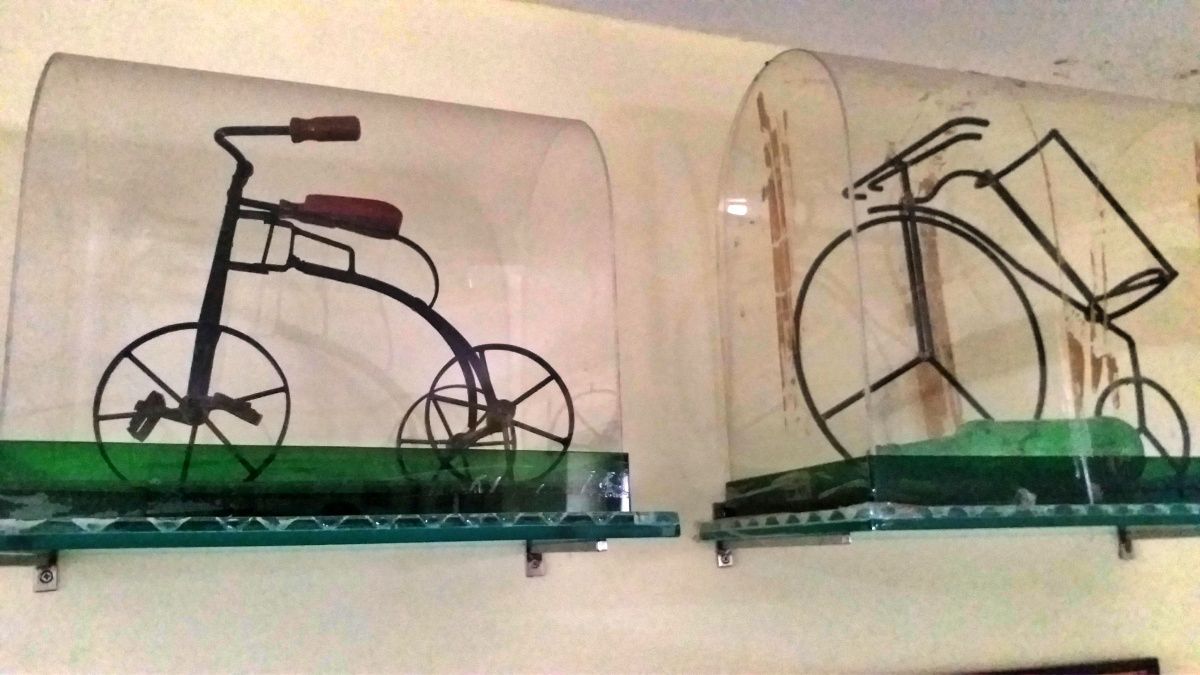
Ravi’s love affair with bicycles began in childhood and evolved into a lifelong mission. A visiting faculty member at IIT Delhi’s Transportation Research and Injury Prevention Centre from 1998 to 2022, he has advocated extensively for sustainable transport policies and the adoption of cycle-friendly city planning. His research on cycling has been published in multiple forums and presented internationally.
“This museum is part of a larger dream – to reconnect people with the bicycle, not just as transport, but as a symbol of resilience and environmental responsibility,” says Ravi.
The museum also boasts an unusual feature: a collection of 100 different bicycle bells, some dating back to the 1890s. Each bell has a unique design, and visitors are encouraged to ring them, creating a symphony of nostalgia.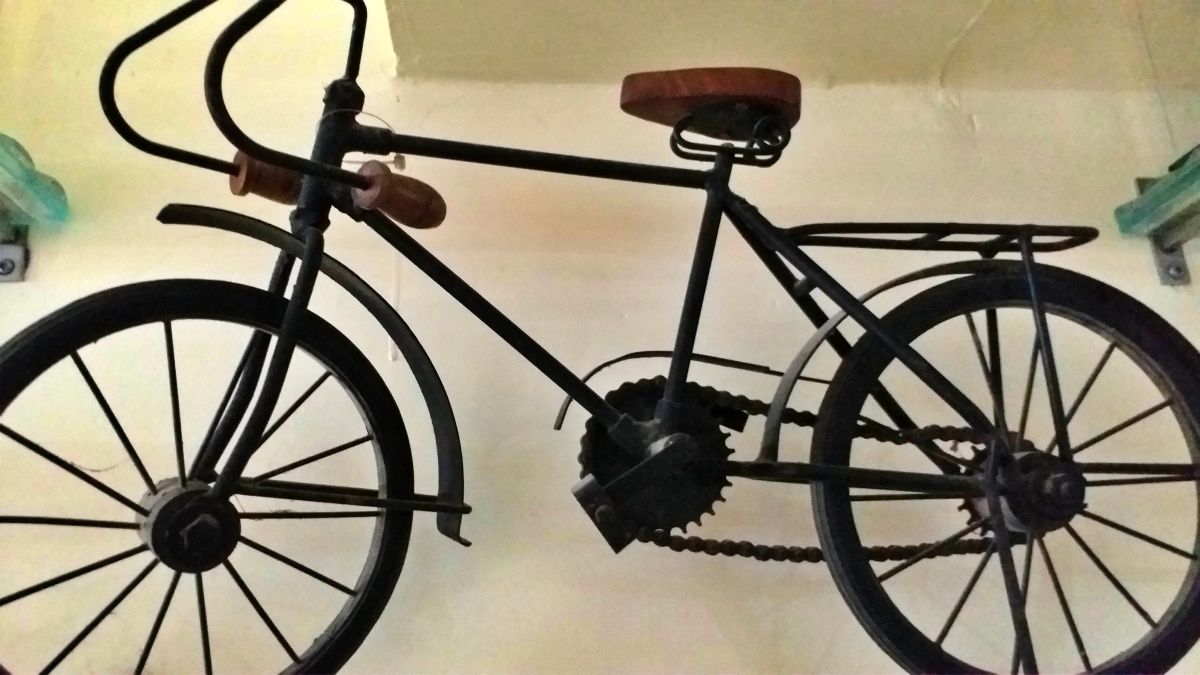
The impact of the museum is already being felt in the community. School groups, researchers and cycling enthusiasts regularly visit, finding inspiration in the carefully curated exhibits. “For the first time, I saw so many types of bicycles,” says Jitendra Kumar, a local teacher. “It reminded me how much this simple machine once meant to our society.”
Student Neha Kumari echoes the sentiment: “I had only read about bicycle history, but seeing it like this – it really comes alive.”
India’s tryst with the bicycle began in the 1890s when British officers brought them to the subcontinent, nearly 70 years after Karl Drais’s original invention. From then until the 1960s, bicycles were a familiar sight in both cities and rural areas. They played a key role in providing mobility to milkmen, potters, vegetable sellers and countless others, shaping livelihoods and lifestyles.
In 2018, the United Nations recognised the bicycle’s transformative role by declaring June 3 as World Bicycle Day. For Rajendra Ravi, the date is both a celebration and a call to action. “We need a national cycle policy,” he says. “Cycles are more than just tools; they’re vehicles for change.”
With exhibitions already held in Delhi, Mumbai, Hyderabad and Patna, Ravi’s mission continues to gather momentum. But it is here, in this modest village in Bihar, that his vision has truly found a home.

